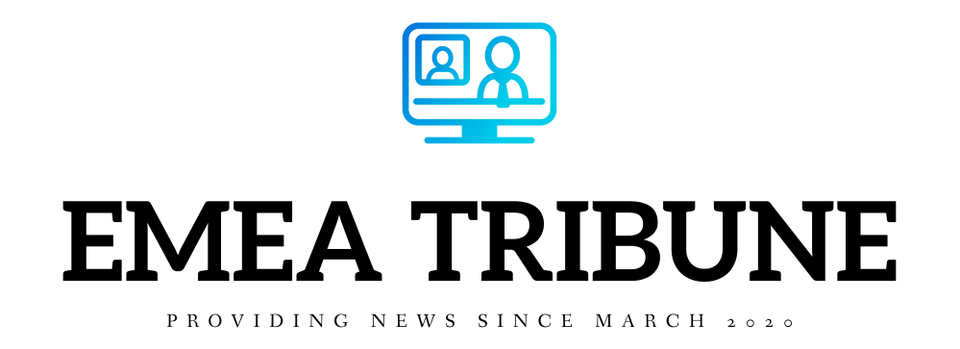
news
Tri-State Food Bank announces new executive director
EVANSVILLE — Zac Heronemus will be taking over as director of the Tri-State Food Bank next month. The Board of Directors of Tri State Food Bank, Inc. named him the new executive director Wednesday after an "in-depth, four-month search process," according to a news release. Heronemus will join the




















.jpeg?width=1200&height=800&crop=1200:800)
